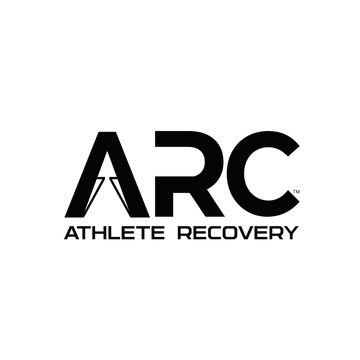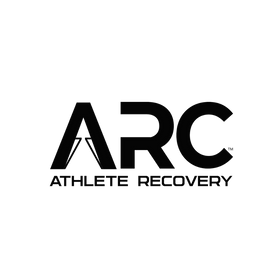Benefits of Red Light Therapy: What You Need to Know
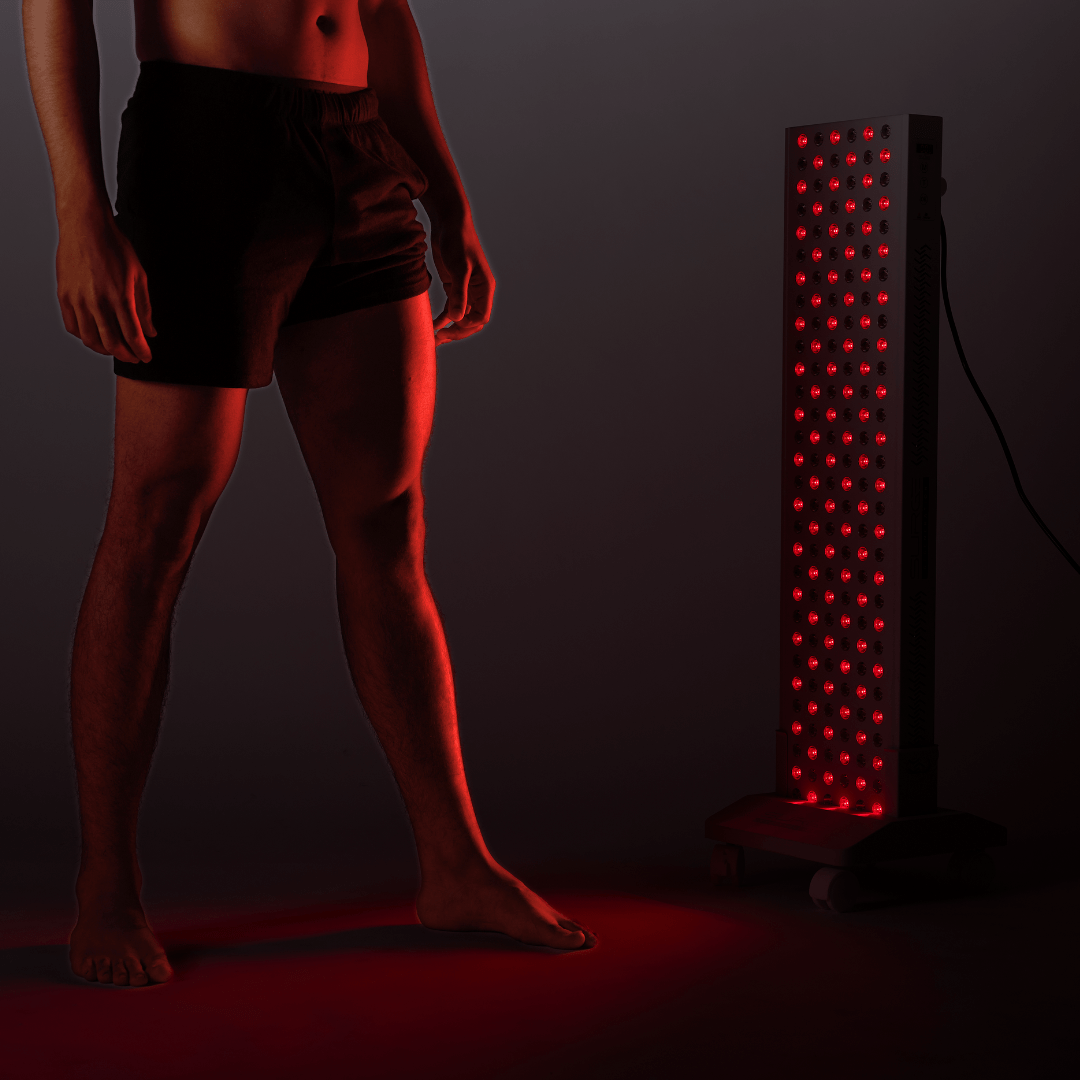
Red light therapy, also known as low-level laser therapy (LLLT) or photobiomodulation (PBM), is a non-invasive treatment and has potential health benefits. This therapy uses specific wavelengths of red and near infrared light to stimulate cellular function and promote healing in the body. Red light therapy has been studied for its positive effects on skin rejuvenation, pain relief, fat loss, and even brain health.
In this blog, we will explore the potential advantages of red light therapy and discuss how it can improve various aspects of health and well-being.
Highlighting the Potential Advantages of Red Light Therapy
Red light therapy harnesses the power of red and near infrared light to deliver potential health benefits. Let's delve into some of the most notable advantages of red light therapy:Skin and Hair Health Enhancement
The benefits of red light therapy for skin and hair health are well-documented. The therapy stimulates cellular energy production, which can promote hair growth and thickness. Red light therapy has shown promising results in treating androgenetic alopecia, the most common form of hair loss that affects both men and women. Additionally, red light therapy can help rejuvenate the skin, reduce fine lines and wrinkles, and improve overall skin conditions.
Alopecia, or hair loss, is a common disorder affecting 50% of males over the age of 40 and 75% of females over 65. Red light wavelengths are believed to stimulate epidermal stem cells in the hair follicle, shifting the follicle into the anagen (active growth) stage.
When it comes to skin health, red light therapy works by increasing collagen density and promoting new cell growth. Collagen, a protein responsible for skin strength and elasticity, decreases with age, causing skin damage and visible signs of aging. Red light therapy can help counteract these effects and improve collagen production, resulting in more youthful-looking skin. Moreover, red light therapy has been found effective for conditions such as acne, eczema, psoriasis, and wound healing, further highlighting its potential benefits for skin health.
Pain Reduction
Studies have suggested that red light therapy may offer relief for chronic disease symptoms and help manage pain. The therapy has shown potential for conditions like carpal tunnel syndrome, a common nerve disorder causing pain, numbness, and tingling in the hand and arm. Red light therapy can aid in reducing inflammation, promoting blood flow, and accelerating healing, thereby reducing pain and discomfort associated with chronic diseases.
Furthermore, red light therapy has been found beneficial for conditions such as oral mucositis, a painful side effect of cancer treatment, and inflammatory responses in the body. By stimulating cellular function and modulating inflammatory processes, red light therapy can contribute to symptom relief and improve overall well-being.

Promoting Fat Loss
In the quest for weight loss and body fat reduction, red light therapy offers a potential solution. Research suggests that red light therapy, in combination with a healthy lifestyle, can contribute to fat loss and weight management. The therapy targets fat cells, promoting their release of fatty acids, which then get utilized as an energy source. This process, known as lipolysis, can lead to a decrease in body fat and support weight loss efforts. Additionally, red light therapy has been shown to improve energy production and metabolism, allowing for more effective fat burning and active living.
Red light therapy has gained significant attention in the field of sports medicine for its potential in accelerating sports recovery and injury prevention. Athletes and fitness enthusiasts alike have recognized the benefits of this therapy for reducing muscle soreness and aiding in the healing of sports-related injuries. Here are some notable aspects of red light therapy's role in sports recovery and injury prevention:
- Red light therapy promotes muscle recovery by increasing blood flow and oxygenation, aiding in the removal of metabolic waste and reducing inflammation.
- The therapy has been shown to stimulate collagen production, enhancing tissue repair and regeneration.
- Red light therapy helps decrease downtime from injuries by speeding up wound healing and reducing pain and inflammation.
- This form of therapy has also been linked to improved range of motion and reduced muscle fatigue, which can help prevent injuries during physical activities.
- Red light therapy may promote better circulation, leading to enhanced nutrient delivery and overall tissue health.
Maintaining brain health and cognitive function is crucial for overall well-being, and red light therapy shows potential in this area. Research has indicated that red light therapy can improve brain health by promoting cell survival and enhancing cellular energy production. Here are some ways red light therapy may benefit brain health:
- Red light therapy has shown potential for improving cognitive function, memory, and attention.
- The therapy has demonstrated positive effects in mitigating brain injury and supporting recovery from traumatic brain injury.
- Red light therapy has been studied for its potential benefits in managing brain disorders, such as Parkinson's disease and Alzheimer's disease.
- By enhancing blood flow and oxygenation in the brain, red light therapy may contribute to improved brain health and function.
One of the remarkable applications of red light therapy is its ability to improve wound healing. The therapy stimulates new cell growth, collagen production, and blood flow, which are vital for a healthy healing process. Here's how red light therapy can aid in wound healing and skin rejuvenation:
- Red light therapy accelerates the formation of new blood vessels, promoting improved blood circulation and nutrient delivery to the wound site.
- The therapy stimulates fibroblast activity, leading to increased collagen production and stronger wound healing. Collagen plays a crucial role in wound closure and tissue regeneration.
- By reducing inflammation and oxidative stress, red light therapy helps create a favorable environment for wound healing.
- Red light therapy has been found effective for various types of wounds, such as surgical incisions, burns, and ulcers.
- In addition to wound healing, red light therapy can rejuvenate the skin by improving skin texture, reducing fine lines, and promoting a more youthful appearance.
How to Effectively Use Red Light Therapy
In order to maximize the benefits of red light therapy, it's essential to use it effectively. Here are some key considerations for effective red light therapy treatment: Optimal Duration and FrequencyThe effectiveness of red light therapy depends on finding the optimal duration and frequency of treatment. While research and clinical studies provide insights, individual responses may vary. Here are some points to consider for achieving optimal results with red light therapy:
The optimal treatment time would be 10-minutes at a 16 to 20 inches distance from your device.
The device can be used for 15 to 20 minutes as well for symptomatic areas as well, however, beyond that, your cells can only absorb so much light at once.
Frequency: 3 to 4 times a week.
Consultation and Contraindications
Before starting red light therapy, it's wise to consult with a healthcare provider, especially if you have any preexisting health conditions or concerns. This consultation allows for a personalized assessment and guidance tailored to your specific health needs. Additionally, understanding potential side effects and contraindications is important for safe and effective red light therapy treatment. When to Seek Professional AdviceWhile red light therapy is generally considered safe, there are certain instances in which seeking professional advice is recommended. If you have any of the following medical conditions, it's important to consult with a healthcare provider or visit a doctor’s office before starting red light therapy.
Conclusion
In conclusion, red light therapy offers a wide range of potential benefits for skin and hair health, chronic disease symptom relief, fat loss, sports recovery, brain health, and wound healing. It's important to note that the effectiveness of red light therapy may vary for each individual and condition. To effectively use red light therapy, it is recommended to follow optimal duration and frequency guidelines and practice best practices for home use. However, it's crucial to consult with a professional if you have any concerns or if you fall into the category of individuals who should avoid red light therapy. It's also essential to distinguish between myths and facts surrounding red light therapy to make informed decisions about its use. Overall, red light therapy has the potential to be a valuable addition to your wellness routine.
